Wichtige Dokumente
110175
Tetraethylenglycol
99%
Synonym(e):
Bis[2-(2-hydroxyethoxy)ethyl]-ether, Tetraglykol
About This Item
Empfohlene Produkte
Dampfdichte
6.7 (vs air)
Qualitätsniveau
Dampfdruck
<0.01 mmHg
Assay
99%
Mol-Gew.
average Mn 200
Brechungsindex
n20/D 1.459 (lit.)
bp
314 °C (lit.)
mp (Schmelzpunkt)
−5.6 °C (lit.)
Dichte
1.125 g/mL at 25 °C (lit.)
Ω-Ende
hydroxyl
α-Ende
hydroxyl
SMILES String
OCCOCCOCCOCCO
InChI
1S/C8H18O5/c9-1-3-11-5-7-13-8-6-12-4-2-10/h9-10H,1-8H2
InChIKey
UWHCKJMYHZGTIT-UHFFFAOYSA-N
Suchen Sie nach ähnlichen Produkten? Aufrufen Leitfaden zum Produktvergleich
Verwandte Kategorien
Allgemeine Beschreibung
Anwendung
Die TEG-Plasmaabscheidung mittels Glimmentladung macht Oberflächen beständig gegenüber Proteinadsorption und Zellbindung.
Vorsicht
Lagerklassenschlüssel
10 - Combustible liquids
WGK
WGK 2
Flammpunkt (°F)
359.6 °F - closed cup
Flammpunkt (°C)
182 °C - closed cup
Persönliche Schutzausrüstung
Eyeshields, Gloves, multi-purpose combination respirator cartridge (US)
Hier finden Sie alle aktuellen Versionen:
Besitzen Sie dieses Produkt bereits?
In der Dokumentenbibliothek finden Sie die Dokumentation zu den Produkten, die Sie kürzlich erworben haben.
Kunden haben sich ebenfalls angesehen
Artikel
Dmitri Simberg (University of Colorado Anschutz Medical Campus, USA) reviews the used of dextran and cyclodextrin for the synthesis of nanoparticles used in drug delivery applications.
Dmitri Simberg (University of Colorado Anschutz Medical Campus, USA) reviews the used of dextran and cyclodextrin for the synthesis of nanoparticles used in drug delivery applications.
Professor Randal Lee (University of Houston, USA) discusses design considerations for iron oxide magnetic nanospheres and nanocubes used for biosensing, including synthetic procedures, size, and shape. The effects of these variables are discussed for various volumetric-based and surface-based detection schemes.
Progress in biotechnology fields such as tissue engineering and drug delivery is accompanied by an increasing demand for diverse functional biomaterials. One class of biomaterials that has been the subject of intense research interest is hydrogels, because they closely mimic the natural environment of cells, both chemically and physically and therefore can be used as support to grow cells. This article specifically discusses poly(ethylene glycol) (PEG) hydrogels, which are good for biological applications because they do not generally elicit an immune response. PEGs offer a readily available, easy to modify polymer for widespread use in hydrogel fabrication, including 2D and 3D scaffold for tissue culture. The degradable linkages also enable a variety of applications for release of therapeutic agents.
Protokolle
99%; Glycerol, ≥99.5%; Tetraethylene glycol, 99%
Global Trade Item Number
| SKU | GTIN |
|---|---|
| 110175-1KG | 4061838694935 |
| 110175-1L | |
| 110175-20KG | 4061838137739 |
| 110175-25ML | |
| 110175-3KG | 4061838694942 |
| 110175-5G | |
| 110175-100G | 4061838694928 |
Unser Team von Wissenschaftlern verfügt über Erfahrung in allen Forschungsbereichen einschließlich Life Science, Materialwissenschaften, chemischer Synthese, Chromatographie, Analytik und vielen mehr..
Setzen Sie sich mit dem technischen Dienst in Verbindung.

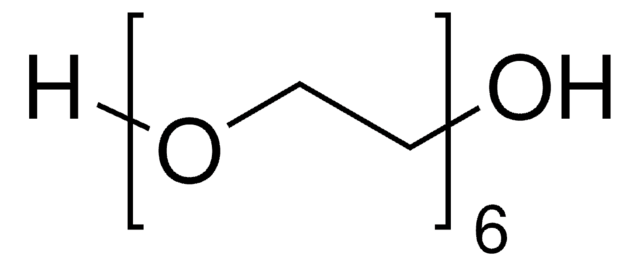


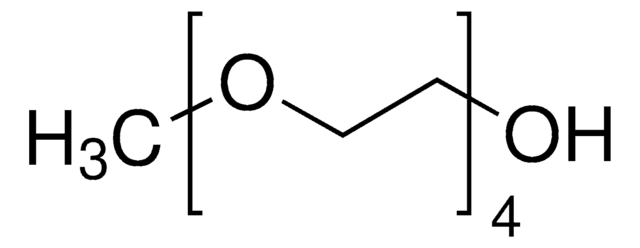
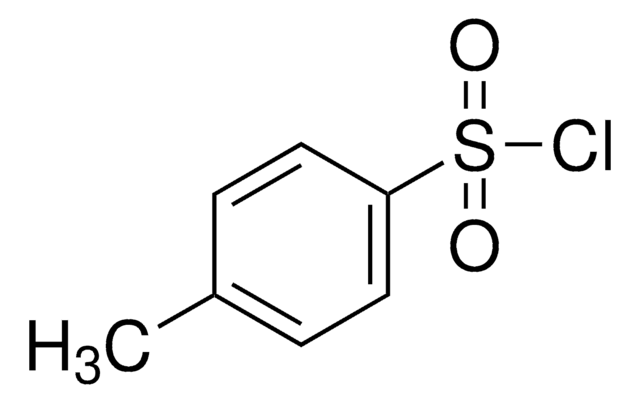


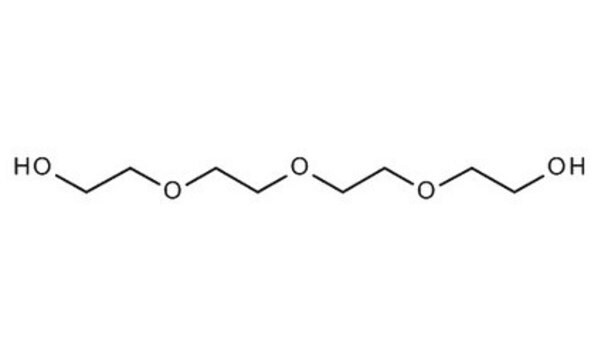
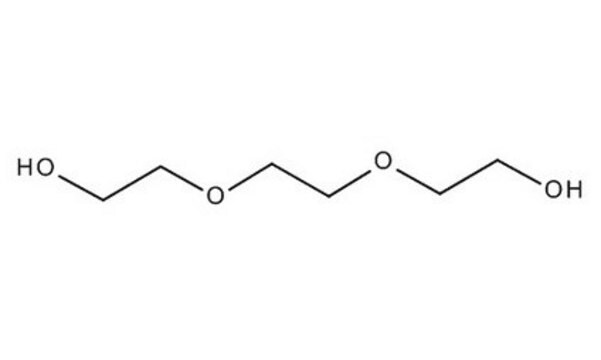

![Bis-[2-(2-chlorethoxy)-ethyl]-ether ≥99.0% (T)](/deepweb/assets/sigmaaldrich/product/structures/333/320/46ff3398-7a62-42b5-b9bc-0a3d0cb0429c/640/46ff3398-7a62-42b5-b9bc-0a3d0cb0429c.png)
